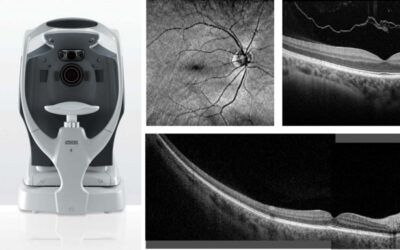Everything You Need to Know About Myopia

What is myopia, and how can it be treated?
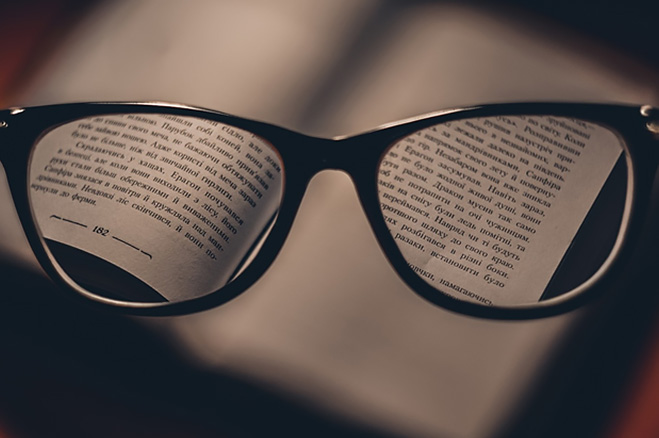
The term ‘myopia’ might sound scary, but it’s simply the medical term for shortsightedness, or nearsightedness. If you have myopic vision, you will be able to see things up close better than you can see things far away. In cases of severe myopia, even items held close to the eyes can be blurry.
Myopia is not an ideal condition to have, but it’s extremely common, and easy enough to remedy. In fact, myopia is the leading cause of refractive errors (blurry vision) in children and young adults, and is the most common ocular problem in the world.
Now, with schools and universities going back, you may notice your own or your child’s vision causing problems. If you or someone in your family suffers from myopia, it’s important to know how to manage it and to slow its progression.
What causes myopia?
Myopia is caused by the shape of the eye. It usually occurs when the eye grows too long from the front to the back. This causes light to come into focus in front of the retina (the area at the back of the eye that receives the image you see and then sends that image to your brain), instead of directly onto it, as it should.
Other causes of myopia are a cornea (the transparent skin covering the outside of the eye) that is too curved for the length of the eyeball, or the lens inside the eye being too thick.
Myopia can be mild, just requiring correcting lenses for activities like driving and seeing the television or the whiteboard at the front of the classroom. Or, it can be more severe, requiring the full-time use of glasses and/or contact lenses to be able to carry out everyday activities.
Who suffers from myopia?
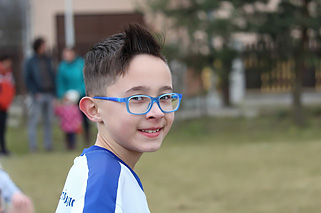 It’s estimated that almost a quarter of the world’s population has myopia, and this figure is increasing. As it’s so common, almost anyone has the chance of having myopia to some degree. But, East Asian people, or those of East Asian descent, are especially susceptible: up to 90% of East Asians have myopia. Both genetics and lifestyle factors play a role in who suffers from myopia.
It’s estimated that almost a quarter of the world’s population has myopia, and this figure is increasing. As it’s so common, almost anyone has the chance of having myopia to some degree. But, East Asian people, or those of East Asian descent, are especially susceptible: up to 90% of East Asians have myopia. Both genetics and lifestyle factors play a role in who suffers from myopia.
Myopia in children is increasingly common. Myopia usually becomes apparent in childhood. It may become noticeable through headaches or squinting, or through loss of focus or achievement at school if a child is struggling to see well enough to learn effectively.
Some people with milder myopia may not notice they have it until they’re a bit older, such as when they get their first driver’s license and take the required eye test. These people may have been developing myopia for some years without it causing big problems.
As myopia is connected to the growth and development of the eye, blurred vision may get worse throughout a person’s childhood, adolescence, and young adulthood. But, vision tends to stabilise in one’s thirties, and people with myopia may find that their corrective lens prescription doesn’t change too much in this decade of life.
How can myopia be slowed or treated?
Myopia in children or adults is easily managed. The use of glasses and/or contact lenses can correct shortsightedness so that myopia doesn’t cause a problem in daily life. Once you or your child has reached adulthood and vision has stabilised, myopia can also be treated with laser surgery (although this is not necessarily a permanent fix as vision can still degenerate after surgery).
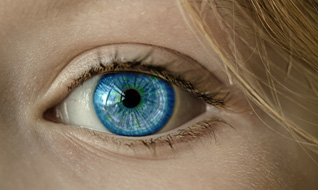 Myopia tends to run in families, so can’t be fully escaped with lifestyle changes. But, some habits and lifestyle factors can make myopia worse: reading, studying, use of computers and electronic devices, and lack of time outdoors focusing the eyes on objects in the mid and far-distance.
Myopia tends to run in families, so can’t be fully escaped with lifestyle changes. But, some habits and lifestyle factors can make myopia worse: reading, studying, use of computers and electronic devices, and lack of time outdoors focusing the eyes on objects in the mid and far-distance.
Being mindful about giving your eyes a break when engaging in these close-up activities is important. While you may not be able to avoid reading, studying, or working on a computer, you can get into the habit of exercising your eyes by looking periodically into the mid and far-distance.
If you suspect you or your child is shortsighted, book an eye test. A pre-school check is recommended, and then annual checks thereafter, unless you have a particular concern. It’s an old-wives’ tale that wearing glasses too much will weaken your eyes, and that the best remedy for shortsightedness is to strengthen your eyes by struggling on. All that will do is lead to more discomfort. If you are prescribed correcting lenses, wear them as advised by your optometrist.
Hoya MiyoSmart myopia lenses
If your child suffers from significant myopia, you can get them special myopia control glasses with multifocal lenses, which can slow the progression of shortsightedness. Such developments in corrective lens technology are recently new, so if you are a shortsighted adult, you may not have had myopia lenses offered to you as a child.
At Greenlane Penrose Optometrist, we are accredited to dispense the award-winning MiyoSmart myopia lenses for myopia in children. MiyoSmart lenses protect vision in children by slowing down the progression of myopia on average by 60%, compared to those wearing standard single-vision lenses, while correcting myopic refractive error.
While myopia is not an eye disease but rather a refractive error, if it is significant and gets progressively worse throughout childhood and adolescence, the risk of developing conditions like cataracts, glaucoma, retinal detachment and macular degeneration increases. So, get the best treatment possible now for your child to help prevent more serious issues later in life.
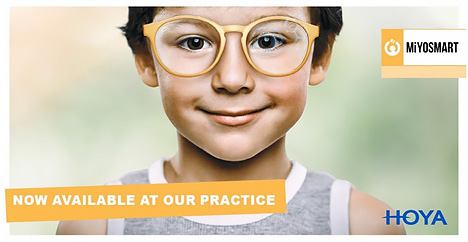
Visit Greenlane Penrose Optometrist today to inquire about MiyoSmart myopia lenses, or to schedule a check-up.
Featured Posts
Focus on Paul Taylor Eyewear
Sometimes we don’t realise that the names behind our favourite brands are actually real people, or that they’re still not only alive but actively designing under the banner of their brand name….
New, Improved Optometry Equipment
Regulars to Greenlane Penrose Optometrist might notice a few changes and improvements during their next eye exam. We’ve been busy setting up new and exciting technology in the practice…
Address
Cnr Great South Road & Rockfield Road, Greenlane 1051
Phone
09 525 1516
Hours
Mon to Fri: 9am – 5pm
Sat to Sun: Closed
Holidays: Closed


